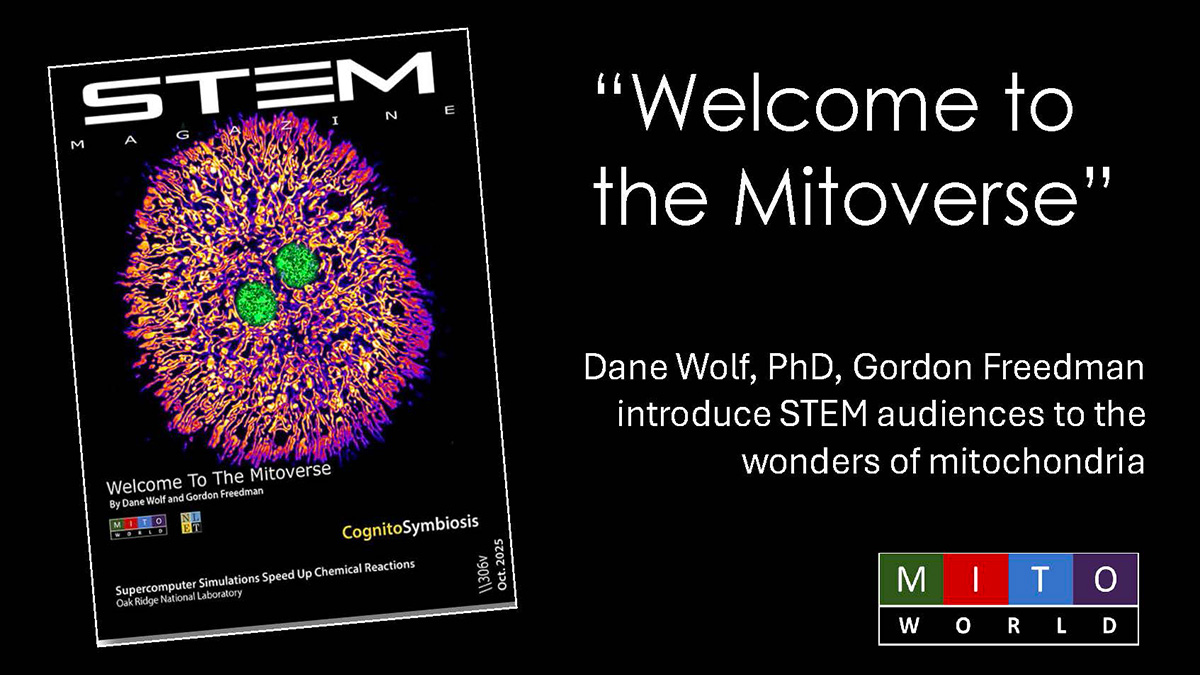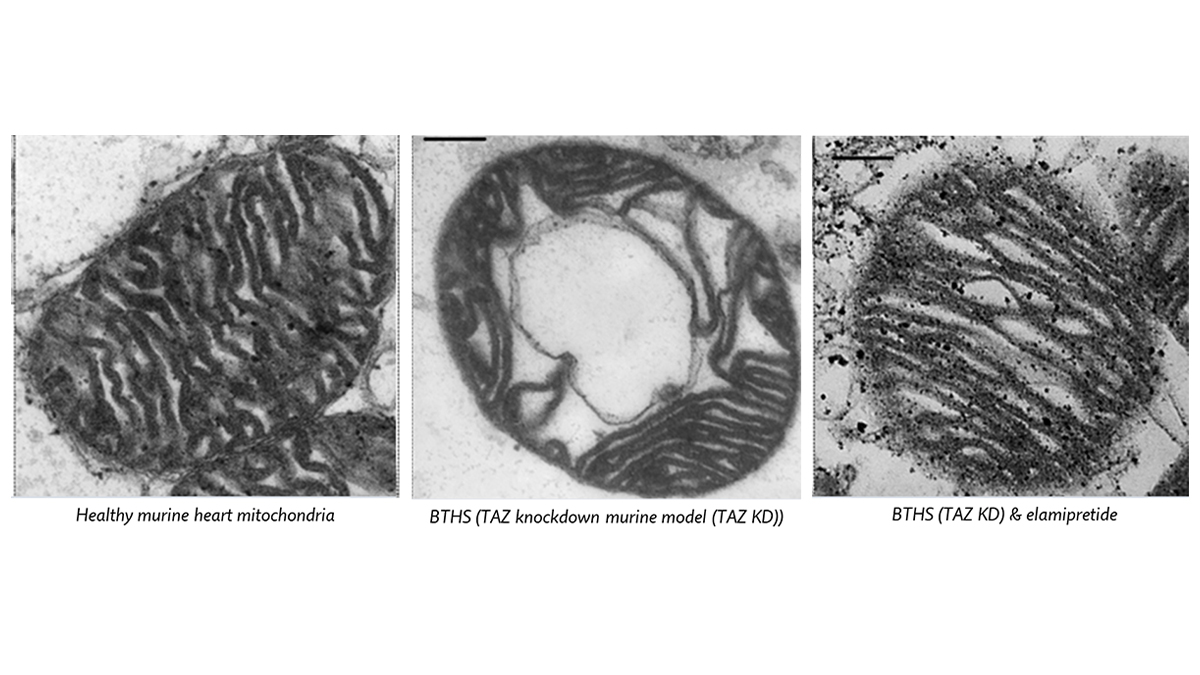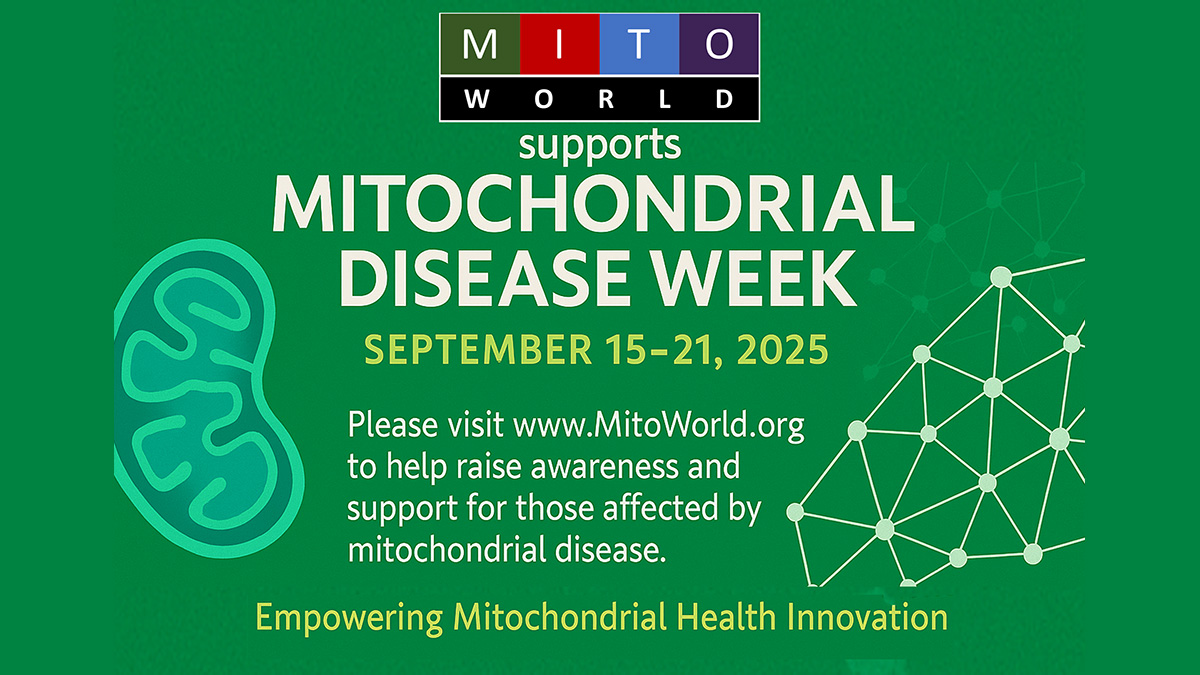
STEM Magazine, October 2025
We invite you to read our new article, “Welcome to the Mitoverse,” featured in the October 2025 issue of STEM Magazine—a widely read online publication reaching K–12 STEM teachers, college instructors, and faculty across the United States and beyond.
We’re thrilled to bring the world of mitochondria to a broader educational audience as part of www.MitoWorld.org’s mission to expand understanding of cellular dynamics, the mitochondrial genome, and the crucial mito-nuclear axis.
Why We Wrote “Welcome to the Mitoverse”
As we developed the article—written as an FAQ on MitoWorld—we realized how few straightforward, accurate, and well-referenced explanations exist for what mitochondria really are: their origins, their roles in health and disease, and their central place in modern biology and medicine.
We also recognized a deeper challenge. While genetics and the microbiome have each had their revolutions, the mitochondrial revolution is only beginning. Raising awareness must start early—in schools—where students’ natural curiosity can be fostered with accurate, up-to-date narratives about how life works.
Help Us Build a Mito-STEM Curriculum
This publication represents an opportunity to start a new effort we call MITO-STEM— partnerships connecting K–12 teachers, college instructors, and mitochondrial researchers. Our hope is to engage educators who want to introduce students to the remarkable world of mitochondria: their dynamic structure, their unique DNA, and their continuous dialogue with the nucleus and the rest of the cell.
In most biology classrooms, cells are still depicted as static spheres with a few scattered mitochondria—an image that bears little resemblance to reality. Yet understanding how mitochondria actually function, and how they dynamically coordinate and communicate with the nucleus, is essential to understanding life itself.
If you are interested in participating, please contact info@mitoworld.org
Mainstreaming Mitochondria
At MitoWorld, our mission is to mainstream mitochondria—to make their importance visible in both public understanding and medical research. Greater awareness will help drive funding for conditions ranging from rare mitochondrial diseases at birth to neurodegenerative disorders in later life.
By connecting scientists and educators through MITO-STEM, we hope to reshape how biology is taught and understood—inspiring students to see the living cell as a vibrant, interconnected system and mitochondria as its central players.
We invite teachers, researchers, and institutions to join us in this effort. Read “Welcome to the Mitoverse” in STEM Magazine’s October 2025 issue, and explore how you can get involved at www.MitoWorld.org.







